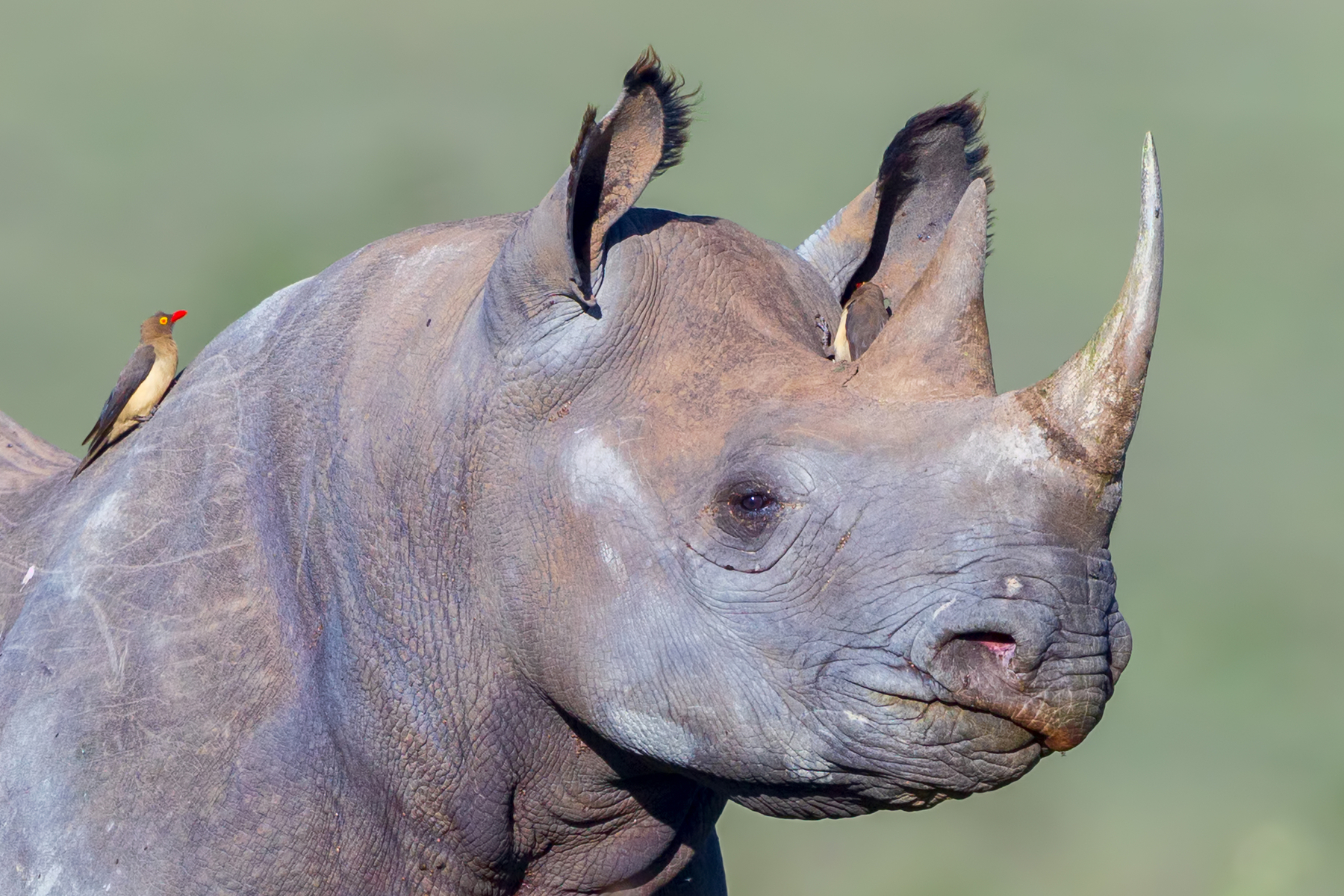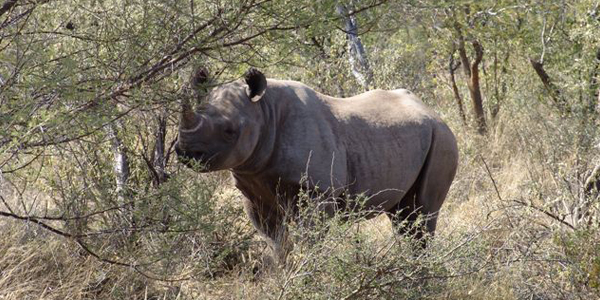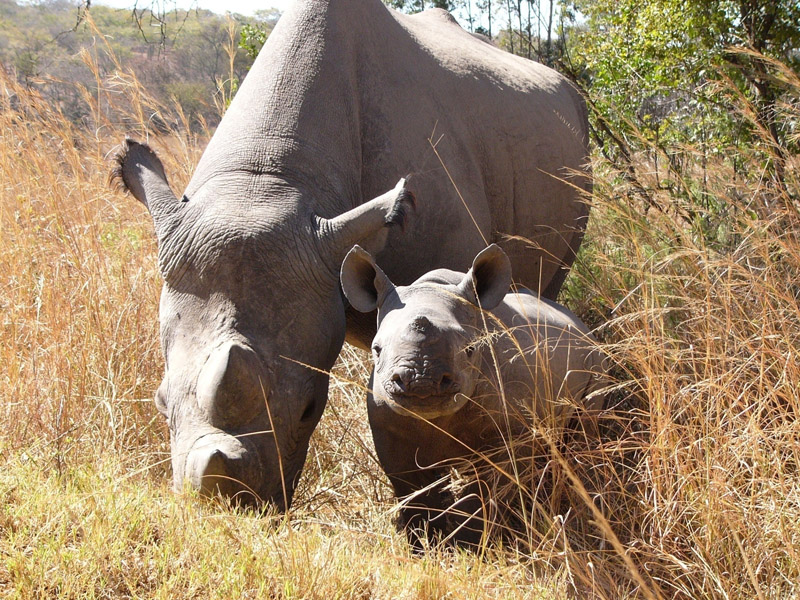Growing the Ex-Situ Black Rhino Population

Conservation Center for Species Survival, a grantee of the International Rhino Foundation recently completed a study on the breeding patterns of southern black rhinos currently living in institutions. This is a summary of the work:
Currently, for the southern black rhino (Diceros bicornis minor) ex-situ population, only 38 individuals exist across 14 institutions, with many of the females not considered reproductively viable. To increase births and help build the population, emphasis was given to placing and maintaining reproductively healthy individuals in breeding situations in North American facilities. In 2021, some reproductive assessments were conducted including hormonal analysis and female reproductive tract evaluations.

These were done at two breeding facilities in Texas, which included hormone monitoring of 4 female Southern Black Rhinos to assess reproductive issues (failure to become pregnant or breed). Breeding history from each institution provided valuable information on each female and behavioral indicators of fertility and mate compatibility.
At the first facility, hormone analysis on reproductively aged females via non-invasive fecal sampling was performed the first 3 months to generate baseline data for each female, along with ultrasound tests of the reproductive tract. It was determined that despite similar presentations of reproductive dysfunction (lack of breeding behavior), all 4 females appeared to have different drivers of dysfunction. Information thus gathered showed that it was worthwhile to develop hormonal intervention plans for 3 of the females who could eventually be bred, and that these treatments will hopefully result in breeding behavior and/or pregnancy in 2022.

At the other facility, behavioral training was initiated which resulted in 2 different pairs of rhinos attempting to breed. While the data is still inconclusive (hormonal tests in 2022 to confirm), it appears that one of the females may be pregnant. If so and the female ultimately bears a calf, this will be the first rhino born as part of this initiative and will be a major step forward in proving the value of the initiative. Even if this turns out not to be the case, there has already been tremendous value gained in establishing tailor-made reproductive plans for each rhino and holding facility. This includes eventual hormonal treatments for the remaining females who show potential for still breeding but have yet to ovulate, and artificial insemination (AI) for those who ovulate but are unable to become impregnated from natural breeding efforts.
For males who have not shown interest in females or are unable to correctly breed, plans have been made to bank their sperm for later AI attempts and to preserve valuable genetic material/traits that might otherwise be lost to the population once the individual has died. Semen collection may also identify infertile males and prevent costly, in both money and time, translocations to breeding situations. We will continue to work with these animals and their facilities throughout 2022 to develop protocols that work best for producing eventual offspring.

One thought on “Growing the Ex-Situ Black Rhino Population”
I know you’ve probably considered this, and these large animal vets have cross-species real time expertise, but the horse breeding people really have all this fertility stuff nailed, with many purebred breeds experiencing fertility issues necessitating interventions. They may have a lot of practical solutions for increasing breeding success that may apply to rhinos in some way. Just a thought. Thanks for the great updates.